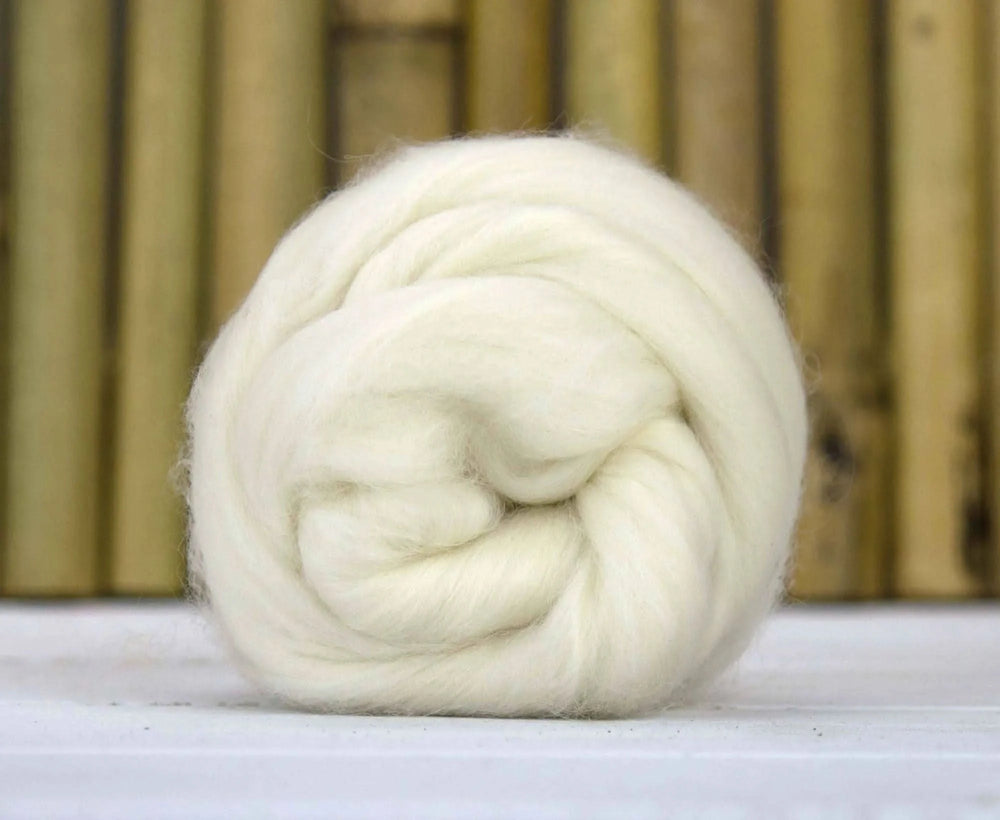Unveiling the Truths of cashmere and Its Classic Appeal in Fashion
Unveiling the Truths of cashmere and Its Classic Appeal in Fashion
Blog Article
Reasons You Must Require Cashmere a Natural Fiber for Comfort and Elegance in Everyday Use
In the realm of textiles, couple of fibers measure up to the deluxe and comfort of cashmere. This special product, understood for its remarkable soft qualities and insulation, offers unmatched comfort and beauty for daily wear. Yet what establishes it in addition to other fibers? Exactly how does it impact the environment and how does it compare to synthetic options? How can one best make use of cashmere to boost their style? These appealing concerns lay the foundation for an enlightening exploration into the world of cashmere.
Recognizing the Lavish Nature of Cashmere

Examining the Convenience Factor of Cashmere Attire
Cashmere's one-of-a-kind fiber structure enables for breathability, managing temperature and protecting against overheating. Cashmere's hypoallergenic residential properties also add to its comfort, making it a perfect selection for delicate skin. In essence, the convenience of cashmere is acquired from its softness, breathability, sturdiness, hypoallergenic nature, and adaptability.

The Ecological Impact and Sustainability of Cashmere
While the convenience and style of cashmere are certainly attractive, it's similarly crucial to consider its connection with the environment. Cashmere production, mainly in Mongolia and China, includes elevating cashmere goats, which can considerably stress vulnerable grassland environments as a result of overgrazing. This can result in desertification, a pressing ecological problem. Furthermore, the handling of cashmere, involving washing and dyeing, can additionally add to water air pollution if not correctly handled. Efforts are being made to develop sustainable cashmere manufacturing methods, such as rotational grazing and cleaner processing strategies. While cashmere has ecological effects, its sustainability mostly depends on manufacturing methods.
Contrasting Cashmere to Synthetic Fibers: A Cost-Benefit Evaluation
In spite of its environmental challenges, cashmere presents an one-of-a-kind collection of benefits over artificial fibers. On the expense side, cashmere is indisputably more expensive as a result of its labor-intensive production procedure. Yet, the benefits make it worth the investment. Cashmere's all-natural fibers provide exceptional soft qualities and warmth, translating right into convenience that synthetic fibers struggle to match. Cashmere pieces are very resilient, appealing durability that offsets first expenses over time. Unlike synthetic fibers, cashmere doesn't add to microplastic air pollution, making it a much more sustainable selection. In contrast, synthetic fibers, while cheaper upfront, provide much less convenience, have much shorter lifespans and pose ecological concerns. Hence, when analyzing cost-benefit, cashmere's remarkable top qualities make it a rewarding financial investment for everyday wear.
Designing Tips With Cashmere for Everyday Style
Having actually considered the cost-benefit evaluation of cashmere contrasted to synthetic fibers, it comes to be clear why this lavish material is a preferred option for many. When styling cashmere for day-to-day beauty, simpleness cashmere fibre is essential. Inevitably, the integral sophistication of cashmere makes it a versatile addition to any type of wardrobe, easily boosting day-to-day clothing with a touch of luxury.

Conclusion
In enhancement, cashmere's sustainability and reduced ecological effect compared to synthetic fibers further boost its appeal. Spending in cashmere garments is a rewarding decision for comfort, style, and sustainability.

Report this page